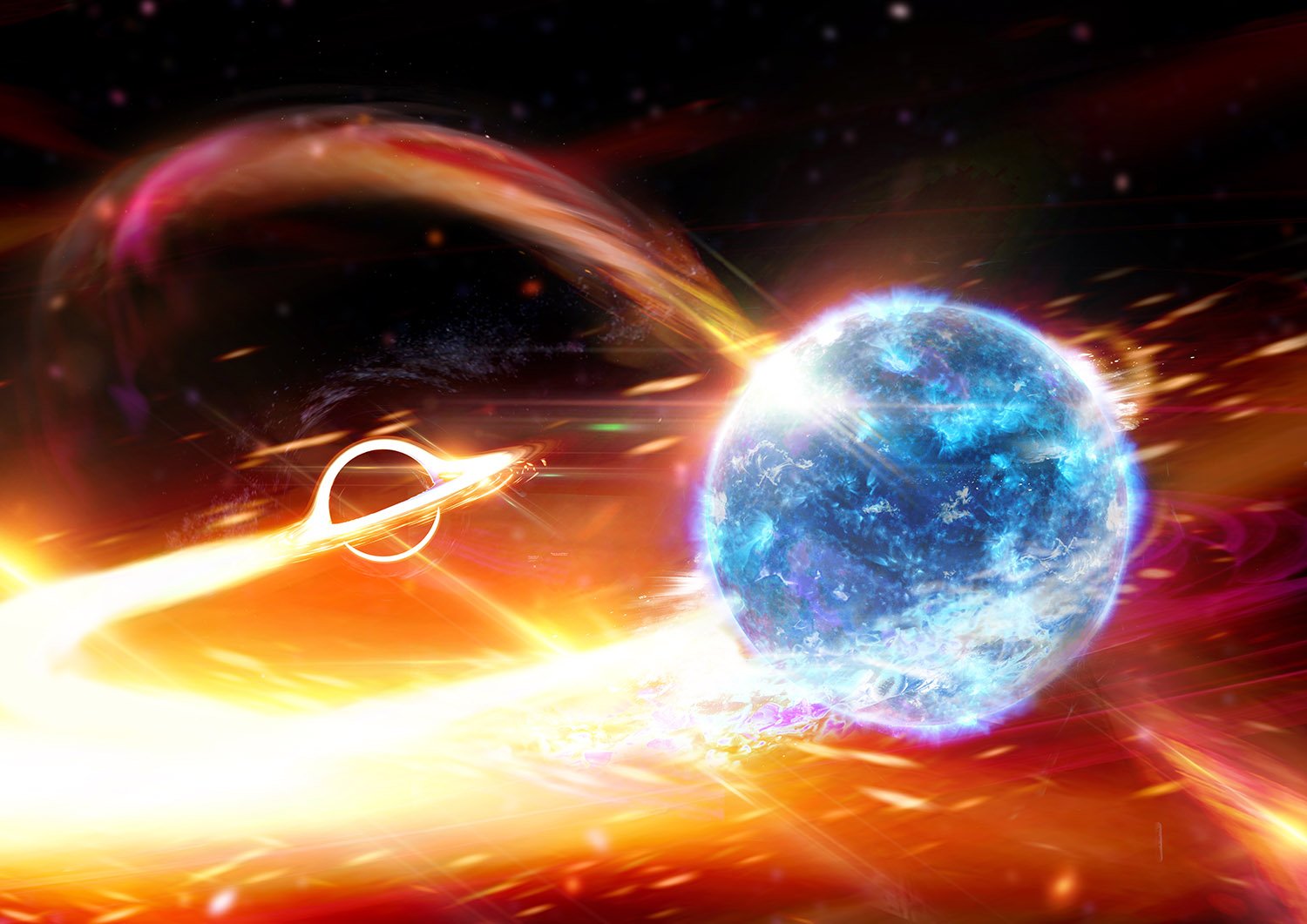Could the mysteries of antimatter and dark matter be linked?
Could the profound mysteries of antimatter and dark matter be linked? Thinking that they might be, scientists from the international BASE collaboration, led by Stefan Ulmer of the RIKEN Cluster for Pioneering Research, and collaborators have performed the first laboratory experiments to determine whether a slightly different way in which matter and antimatter interact with … Read more









